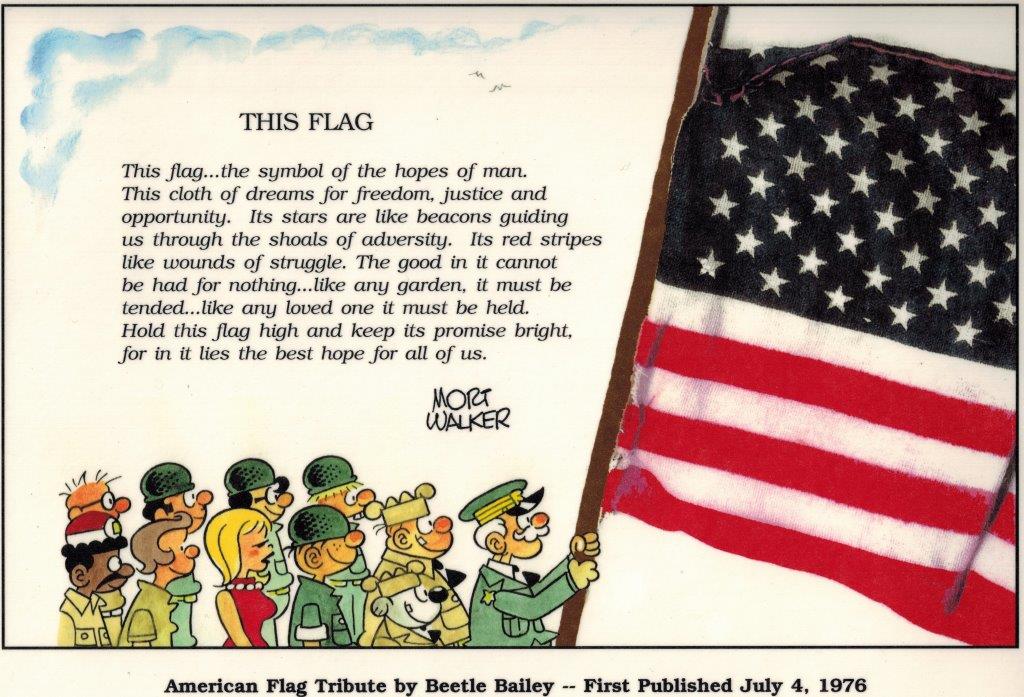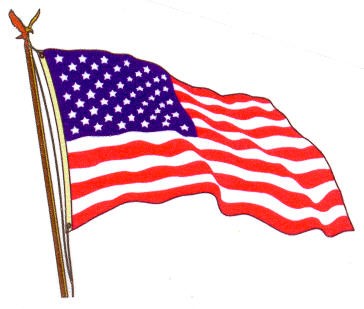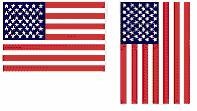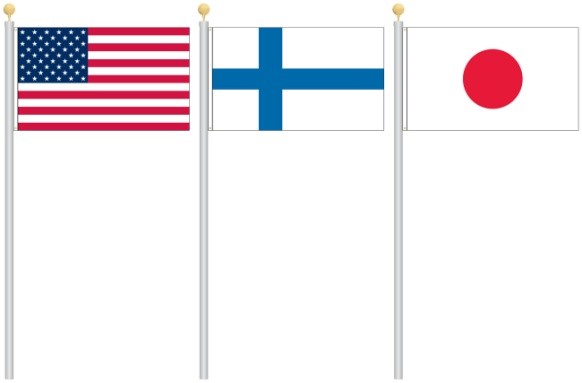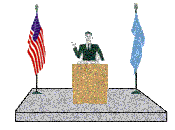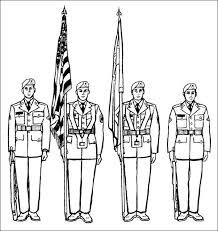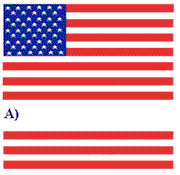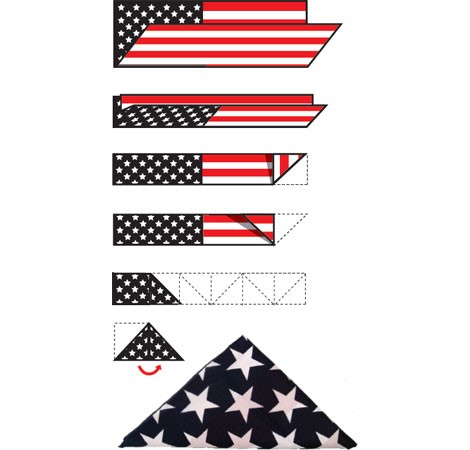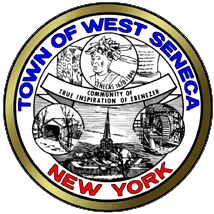
35 Legion Parkway
West Seneca,
New York 14224
U.S.A.
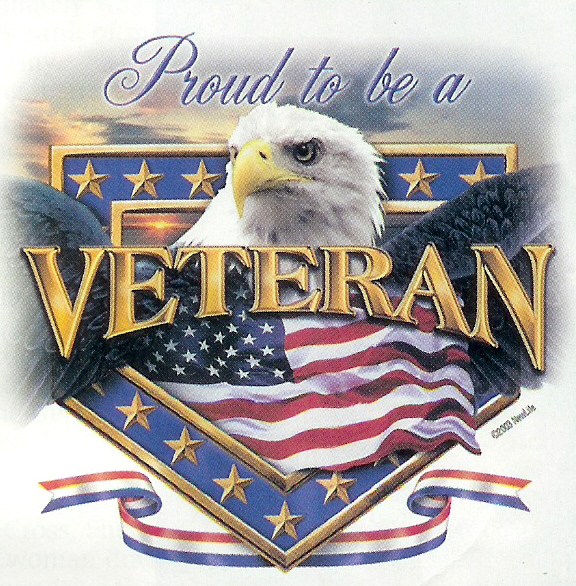
American Legion
Post 735
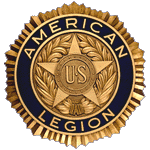
Marine Corp. League
Detachment 239
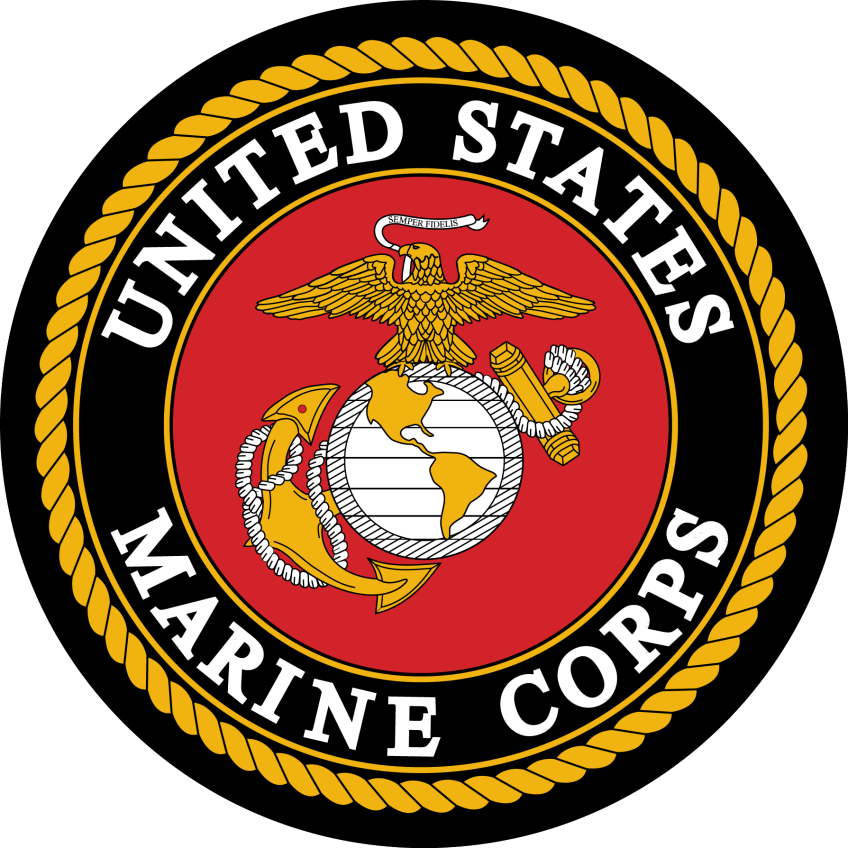
Veterans of Foreign Wars
VFW Post 8113
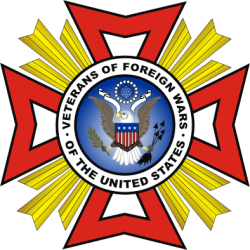
Navy Seabee Veterans
of America, Island X-5
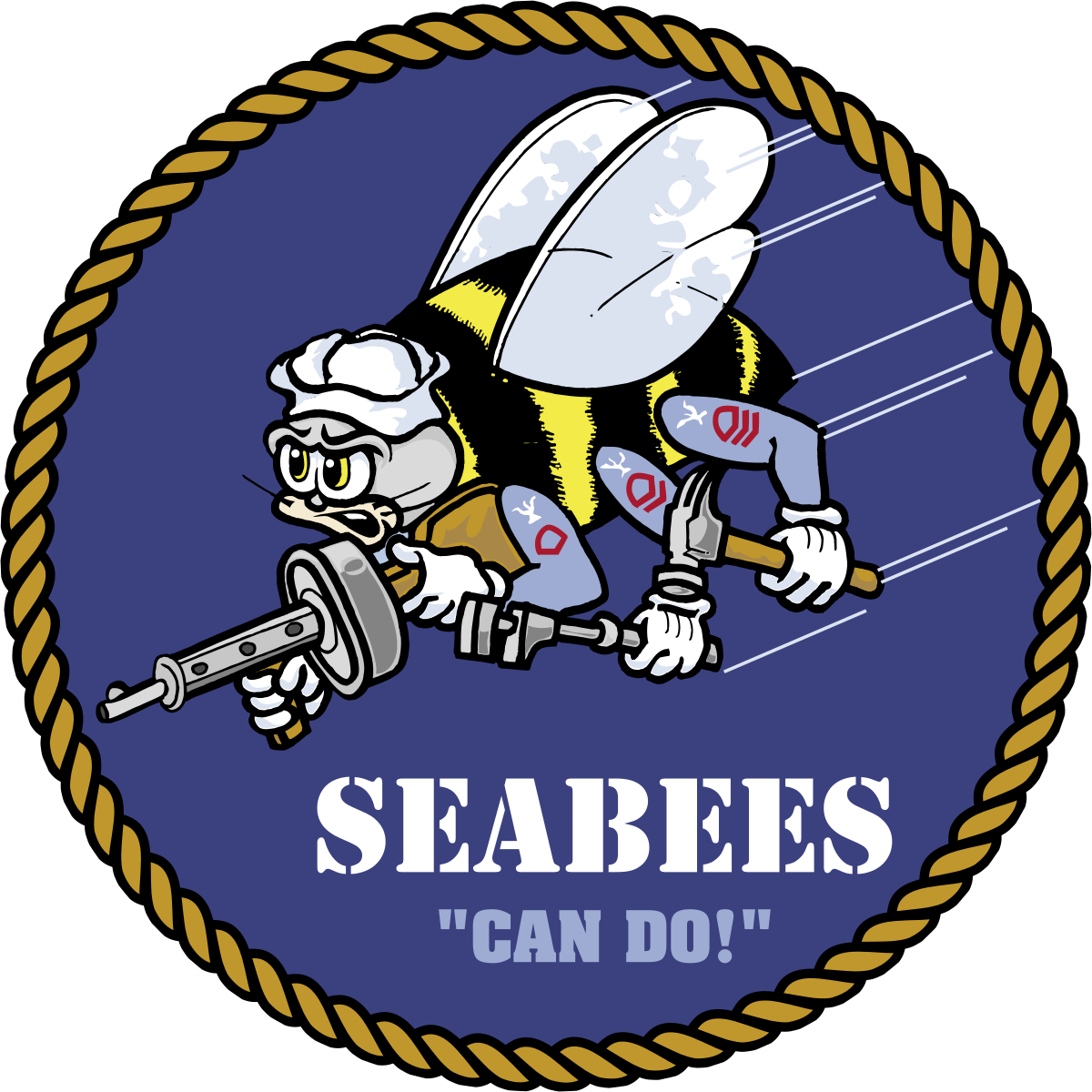
AMVETS
Post 8113
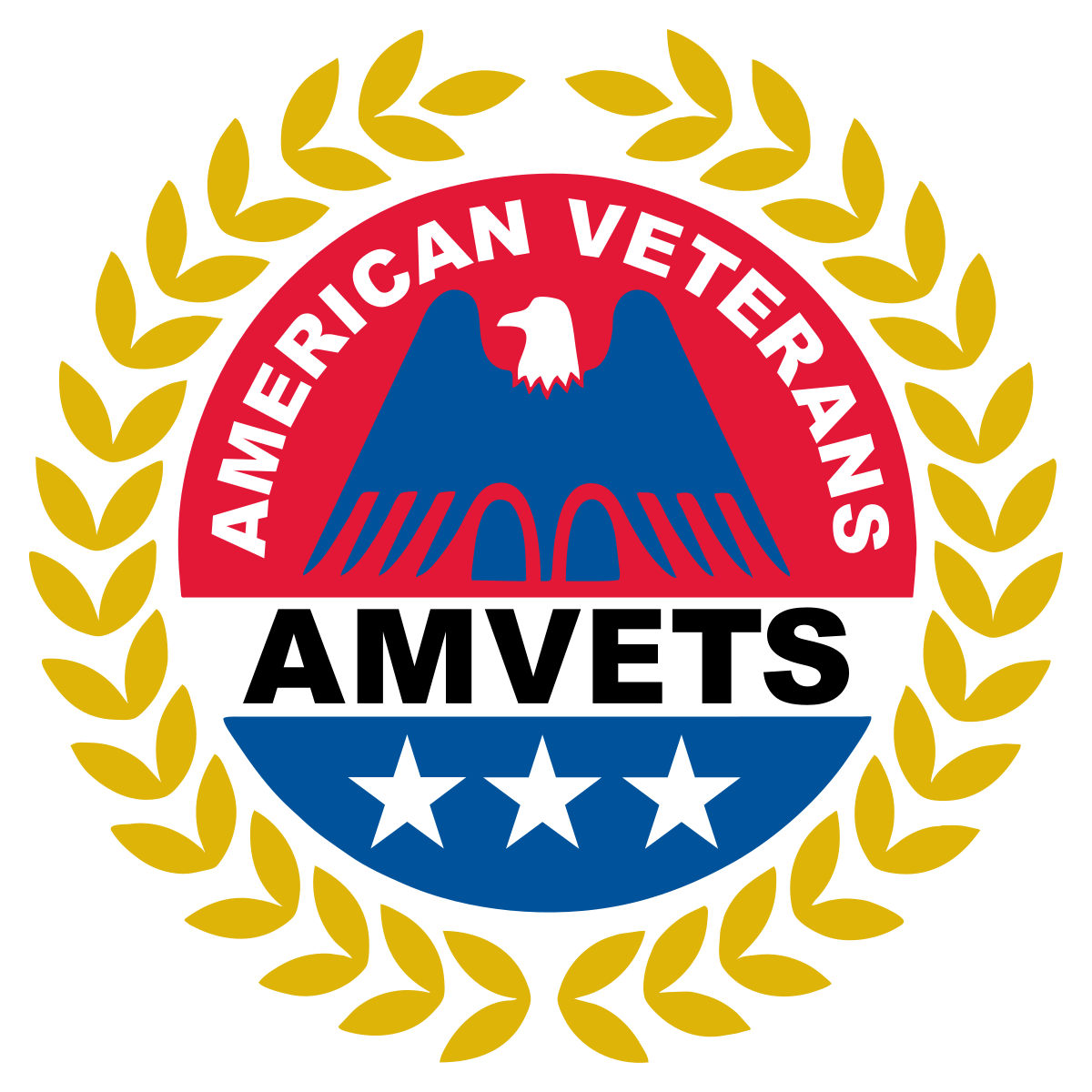
82nd Airborne
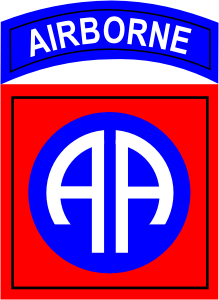
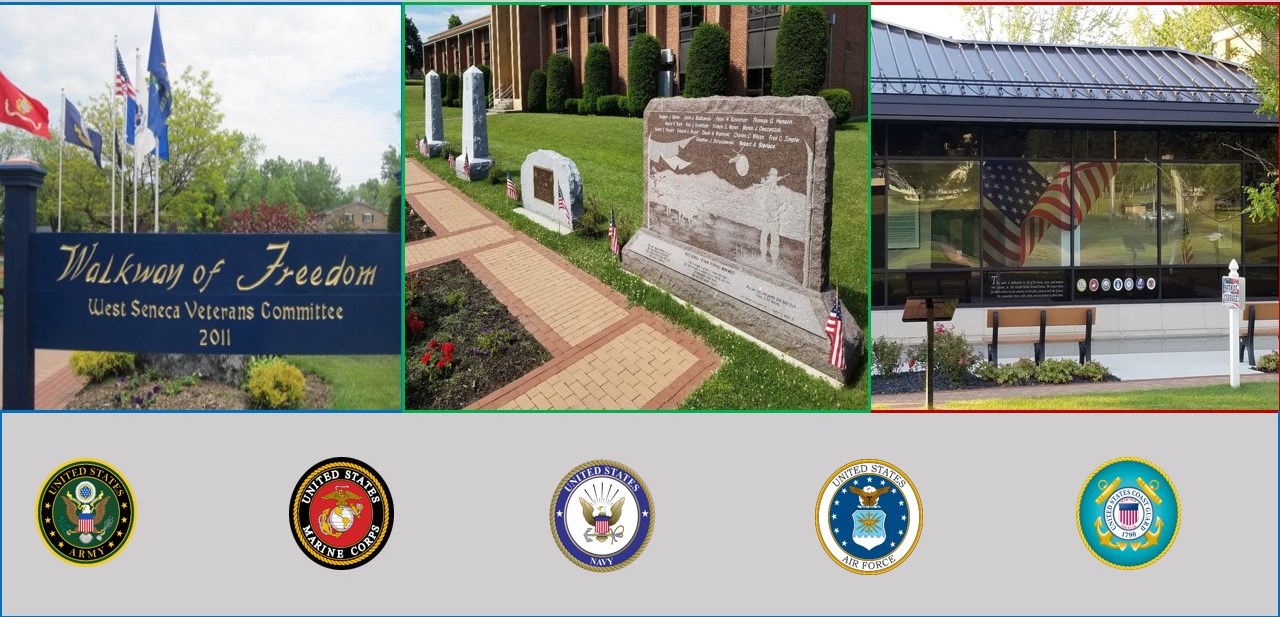
West Seneca Joint Veterans Committee |
|
The United States Flag
HISTORY OF THE AMERICAN FLAG
No one knows with absolute certainty who designed the first stars and stripes or who made it. Congressman Francis Hopkinson seems most likely to have designed it, and few historians believe that Betsy Ross, a Philadelphia seamstress, made the first one.
The American Flag consists of thirteen equal horizontal stripes of red (top and bottom) alternating with white, with a blue rectangle in the canton (referred to specifically as the "union") bearing fifty small, white, five-pointed stars arranged in nine offset horizontal rows of six stars (top and bottom) alternating with rows of five stars. The 50 stars on the flag represent the 50 states of the United States of America, and the 13 stripes represent the thirteen British colonies that declared independence from the Kingdom of Great Britain, and became the first states in the Union.
Nicknames for the flag include the Stars and Stripes, Old Glory, and the Star-Spangled Banner.
Until the Executive Order of June 24, 1912, neither the order of the stars nor the proportions of the flag was prescribed. Consequently, flags dating before this period sometimes show unusual arrangements of the stars and odd proportions, these features being left to the discretion of the flag maker. In general, however, straight rows of stars and proportions similar to those later adopted officially were used. The principal acts affecting the flag of the United States are the following:
On June 14, 1777, in order to establish an official flag for the new nation, the Continental Congress passed the first Flag Act: "Resolved that the flag of the United States be made of thirteen stripes, alternate red and white; that the union be thirteen stars, white in a blue field, representing a new Constellation".
- Act of January 13, 1794 - provided for 15 stripes and 15 stars after May 1795.
- Act of April 4, 1818 - provided for 13 stripes and one star for each state, to be added to the flag on the 4th of July following the admission of each new state, signed by President Monroe.
- Executive Order of President Taft dated June 24, 1912 - established proportions of the flag and provided for arrangement of the stars in six horizontal rows of eight each, a single point of each star to be upward.
- Executive Order of President Eisenhower dated January 3, 1959 - provided for the arrangement of the stars in seven rows of seven stars each, staggered horizontally and vertically.
- Executive Order of President Eisenhower dated August 21, 1959 - provided for the arrangement of the stars in nine rows of stars staggered horizon tally and eleven rows of stars staggered vertically.
The American Flag is easily the most recognized flag internationally, and while most people would relate the Bald Eagle as the chief symbol of the United States, the flag is more significant. The American Flag represents freedom, justice, and the struggle of the oppressed colonists who rebelled against an unjust ruling nation. The flag is indicative of the spirit that embodies all free people to have free will.
FLAG CODE
Prior to Flag Day, June 14, 1923, neither the federal government nor the states had official guidelines governing the display of the United States' flag. On that date, the National Flag Code was constructed by representatives of over 68 organizations, under the auspices of the National Americanism Commission of the American Legion. The code drafted by that conference was printed by the national organization of the American Legion and given nationwide distribution.
On June 22, 1942, the Code became Public Law 77-623; chapter 435.[25]
FLAG ETIQUETTE
Standards of Respect
The Flag Code, which formalizes and unifies the traditional ways in which we give respect to the flag, also contains specific instructions on how the flag is not to be used. They are:
- The flag should never be dipped to any person or thing. It is flown upside down only as a distress signal.
- The flag should not be used as a drapery, or for covering a speaker’s desk, draping a platform, or for any decoration in general. Bunting of blue, white and red stripes is available for these purposes. The blue stripe of the bunting should be on the top.
- The flag should never be used for any advertising purpose. It should not be embroidered, printed or otherwise impressed on such articles as cushions, handkerchiefs, napkins, boxes, or anything intended to be discarded after temporary use. Advertising signs should not be attached to the staff or halyard
- The flag should not be used as part of a costume or athletic uniform, except that a flag patch may be used on the uniform of military personnel, fireman, policeman and members of patriotic organizations.
- The flag should never have placed on it, or attached to it, any mark, insignia, letter, word, number, figure, or drawing of any kind.
- The flag should never be used as a receptacle for receiving, holding, carrying, or delivering anything.
When the flag is lowered, no part of it should touch the ground or any other object; it should be received by waiting hands and arms. To store the flag it should be folded neatly and ceremoniously.
The flag should be cleaned and mended when necessary.
When a flag is so worn it is no longer fit to serve as a symbol of our country, it should be destroyed by burning in a dignified manner. Flags that are no longer fit to be displayed may be taken to American Legion and VFW Posts for proper and dignified disposal.
Displaying the Flag Outdoors
The flag should be displayed daily, on or near the main administration building of every public institution or near every polling place on election days and during school days in or near every school building. When the flag is displayed from a staff projecting from a window, balcony, or a building, the union should be at the peak of the staff unless the flag is at half staff.
When it is displayed from the same flagpole with another flag - of a state, community, society or Scout unit - the flag of the United States must always be at the top except that the church pennant may be flown above the flag during church services for Navy personnel when conducted by a Naval chaplain on a ship at sea.
When the flag is displayed over a street, it should be hung vertically, with the union to the north or east. If the flag is suspended over a sidewalk, the flag's union should be farthest from the building.
When flown with flags of states, communities, or societies on separate flag poles which are of the same height and in a straight line, the flag of the United States is always placed in the position of honor - to its own right.
- The other flags may be smaller but none may be larger.
- No other flag ever should be placed above it.
- The flag of the United States is always the first flag raised and the last to be lowered.
When flown with the national banner of other countries, each flag must be displayed from a separate pole of the same height. Each flag should be the same size. They should be raised and lowered simultaneously. The flag of one nation may not be displayed above that of another nation.
The flag should not be displayed on days when the weather is inclement, except when an all-weather flag is displayed.
Raising and Lowering the Flag
The flag should be raised briskly and lowered slowly and ceremoniously. Ordinarily it should be displayed only between sunrise and sunset, although the Flag Code permits night time display "when a patriotic effect is desired" and the flag is illuminated.
The flag of the United States of America is saluted as it is hoisted and lowered. The salute is held until the flag is unsnapped from the halyard or through the last note of music, whichever is the longest.
Displaying the Flag Indoors
When on display, the flag is accorded the place of honor, always positioned to its own right. Place it to the right of the speaker or staging area or sanctuary. Other flags should be to the left.
The flag of the United States of America should be at the center and at the highest point of the group when a number of flags of states, localities, or societies are grouped for display.
When one flag is used with the flag of the United States of America and the staffs are crossed, the flag of the United States is placed on its own right with its staff in front of the other flag.
When displaying the flag against a wall, vertically or horizontally, the flag's union (stars) should be at the top, to the flag's own right, and to the observer's left.
Parading
When carried in a procession, the flag should be to the right of the marchers. When other flags are carried, the flag of the United States may be centered in front of the others or carried to their right. When the flag passes in a procession, or when it is hoisted or lowered, all should face the flag and salute.
The flag should never be carried flat or horizontally, but always aloft and free.
Saluting the Flag
To salute, all persons come to attention. Those in uniform give the appropriate formal salute.
Members of the Armed Forces and veterans who are present but not in uniform may render the military salute.
Citizens not in uniform salute by placing their right hand over the heart and those with head cover should remove it and hold it to left shoulder, hand over the heart.
Citizens who are not veterans or members of the armed services should not render the military salute.
Members of organizations in formation salute upon command of the person in charge.
Citizens of other countries present should stand at attention.
The Pledge of Allegiance and National Anthem
When reciting the Pledge of Allegiance, all present should stand at attention facing the flag with their right hand over their heart, with the exception of those in uniform who shall salute.
When the national anthem (the composition consisting of the words and music known as the Star-Spangled Banner) is played or sung, citizens should stand at attention and salute at the first note and hold the salute through the last note. The salute is directed to the flag, if displayed, otherwise to the music.
The National Defense Authorization Act of 2008 contained an amendment to allow un-uniformed service members, military retirees, and veterans to render a hand salute during the hoisting, lowering, or passing of the U.S. flag.
A later amendment further authorized hand-salutes during the national anthem by veterans and out-of-uniform military personnel. This was included in the Defense Authorization Act of 2009, which President Bush signed on Oct. 14, 2008.
When the flag is not displayed, all present should face toward the music and act in the same manner they would if the flag were displayed.
The Flag in Mourning
To place the flag at half staff, hoist it to the peak for an instant and lower it to a position half way between the top and bottom of the staff. The flag is to be raised again to the peak for a moment before it is lowered. On Memorial Day the flag is displayed at half staff until noon and at full staff from noon to sunset.
The flag is to be flown at half staff in mourning for designated, principal government leaders and upon presidential or gubernatorial order.
When used to cover a casket, the flag should be placed with the union at the head and over the left shoulder. It should not be lowered into the grave.
It is considered a proper sign of courtesy to salute a casket covered with the American flag as the pall (in military and state funerals) at the proper time.
The flag is to be flown at half-staff for thirty days in mourning for the death of the current or former President of the United States.
The U.S. flag is otherwise flown at half-staff (or half-mast on ships) only when directed by the President of the United States, or (only for buildings within his jurisdiction,) the Mayor of Washington, D.C.
The U.S. flag is to be flown at half staff on Peace Officers Memorial Day, May 15, except when May 15th is also Armed Forces Day which falls on the third Saturday of May, upon which the flag should be flown at full staff.
The U.S. flag is to be flown half staff on Patriot Day (September 11).
Things Not to Do with the American Flag
- Out of respect for the U.S. flag, never: dip it for any person or thing, even though state flags, regimental colors and other flags may be dipped as a mark of honor.
- Display it with the union down, except as a signal of distress.
- Let the flag touch anything beneath it: ground, floor, water, merchandise.
- Carry it horizontally, but always aloft.
- Fasten or display it in a way that will permit it to be damaged or soiled.
- Place anything on the flag, including letters, insignia, or designs of any kind.
- Use it for holding anything.
- Use it as wearing apparel, bedding or drapery.
- The flag should never be displayed with the union (the starred blue union in the Canton) down, except as a signal of dire distress in instances of extreme danger to life or property.
- It should not be used on a costume or athletic uniform. However, a flag patch may be attached to the uniform of patriotic organizations, military personnel, police officers and firefighters.
- Use the flag for advertising or promotion purposes or print it on paper napkins, boxes or anything else intended for temporary use and discard.
- The flag should never be drawn back or bunched up in any way.
- The flag should never be used as a covering for a ceiling.
- Advertising signs should not be attached to the staff or halyard.
- The flag should never be fastened, displayed, used, or stored in such a manner as to permit it to be easily torn, soiled, or damaged in any way.
- Flag lapel pins may also be worn (they are considered replicas) and are worn near the heart.
- The flag should never have any mark, insignia, letter, word, number, figure, or drawing of any kind placed on it or attached to it.
- The flag should never be used as a receptacle for receiving, holding, carrying, or delivering anything.
- The flag should never be stepped on.
- In a parade, the flag should not be draped over the hood, top, sides, or back of a vehicle, railroad train, or boat. When the flag is displayed on a motorcar, the staff shall be fixed firmly to the chassis or clamped to the right fender.
- When the flag is lowered, no part of it should touch the ground or any other object; it should be received by waiting hands and arms. To store the flag it should be folded neatly and ceremoniously.
- The flag should be cleaned and mended when necessary.
- The flag should never touch anything beneath it. Contrary to an urban legend, the flag code does not state that a flag that touches the ground should be burned. Instead, it is considered disrespectful to the flag and the flag in question should be moved in such a manner so it is not touching the ground.
- The flag should always be permitted to fall freely. (An exception was made during the Apollo moon landings when the flag hung from a vertical pole designed with an extensible horizontal bar, allowing full display even in the absence of an atmosphere.)
Special Authorizations
The flag is specifically authorized to be flown 24 hours a day at certain locations:
- Fort McHenry, Baltimore, Maryland (Presidential Proclamation No. 2795, July 2, 1948).
- Flag House Square, Albemarle and Pratt Streets, Baltimore, Maryland (Public Law 83-319, approved March 26, 1954).
- Marine Corps War Memorial (Iwo Jima Memorial), Arlington, Virginia (Presidential Proclamation No. 3418, June 12, 1961).
- Lexington Battle Green, Lexington, Massachusetts (Public Law 89-335, approved November 8, 1965).
- White House, Washington, D.C. (Presidential Proclamation No. 4000, September 4, 1970).
- Washington Monument, Washington, D.C. (Presidential Proclamation No. 4064, July 6, 1971, effective July 4, 1971).
- Any port of entry to the United States which is continuously open (Presidential Proclamation No. 413 1, May 5, 1972).
- Grounds of the National Memorial Arch in Valley Forge National Historical Park,
- Valley Forge, Pennsylvania (Public Law 94-53, approved July 4, 1975).
At other locations, it is flown continuously by custom, including:
- United States Capitol Building
- Taos Plaza, New Mexico
- Out of practical necessity, five of the six U.S. flags standing on the moon (the Apollo 11 flag was blown over during departure) fly continuously, even during the two-week lunar night.
The traditional method of folding the flag is as follows:
(A) Straighten out the flag to full length and fold lengthwise once.
(B) Fold it lengthwise a second time to meet the open edge, making sure that the union of stars on the blue field remains outward in full view. (A large flag may have to be folded lengthwise a third time.)
(C) A triangular fold is then started by bringing the striped corner of the folded edge to the open edge.
(D) The outer point is then turned inward, parallel with the open edge, to form a second triangle.
(E) The diagonal or triangular folding is continued toward the blue union until the end is reached, with only the blue showing and the form being that of a cocked (three-corner) hat.
Meaning of Flag-Folding Program
The flag-folding ceremony represents the same religious principles on which our great country was originally founded.
The portion of the flag denoting honor is the canton of blue containing the stars representing states our veterans served in uniform. The canton field of blue dresses from left to right and is inverted only when draped as a pall on the casket of a veteran who has served our country honorably in uniform.
In the U.S. Armed Forces, at the ceremony of retreat, the flag is lowered, folded in a triangle fold and kept under watch throughout the night as a tribute to our nation’s honored dead. The next morning it is brought out and, at the ceremony of reveille, run aloft as a symbol of our belief in the resurrection of the body.
Symbols for the Folds of the Flag
The first fold of our flag is a symbol of life.
The second fold is a symbol of our belief in eternal life.
The third fold is made in honor and remembrance of the veteran departing our ranks, and who gave a portion of his or her life for the defense of our country to attain peace throughout the world.
The fourth fold represents our weaker nature; as American citizens trusting in God, it is to Him we turn in times of peace, as well as in times of war, for His divine guidance.
The fifth fold is a tribute to our country, for in the words of Stephen Decatur, “Our country, in dealing with other countries, may she always be right, but it is still our country, right or wrong.”
The sixth fold is for where our hearts lie. It is with our heart that we pledge allegiance to the flag of the United States of America, and to the republic for which it stands, one nation under God, indivisible, with liberty and justice for all.
The seventh fold is a tribute to our armed forces, for it is through the armed forces that we protect our country and our flag against all enemies, whether they be found within or without the boundaries of our republic.
The eighth fold is a tribute to the one who entered into the valley of the shadow of death, that we might see the light of day, and to honor our mother, for whom it flies on Mother’s Day.
The ninth fold is a tribute to womanhood, for it has been through their faith, love, loyalty and devotion that the character of the men and women who have made this country great have been molded.
The 10th fold is a tribute to father, for he, too, has given his sons and daughters for the defense of our country since he or she was first born.
The 11th fold, in the eyes of Hebrew citizens, represents the lower portion of the seal of King David and King Solomon and glorifies, in their eyes, the God of Abraham, Isaac and Jacob.
The 12th fold, in the eyes of a Christian citizen, represents an emblem of eternity and glorifies, in their eyes, God the Father, the Son and Holy Ghost.
When the flag is completely folded, the stars are uppermost, reminding us of our national motto, “In God We Trust”.
After the flag is completely folded and tucked in, it has the appearance of a cocked hat, ever reminding us of the soldiers who served under Gen. George Washington and the sailors and Marines who served under Captain John Paul Jones and were followed by their comrades and shipmates in the U.S. Armed Forces, preserving for us the rights, privileges and freedoms we enjoy today.
How Long Should a Flag Last?
There is no definite answer. How long any flag will last depends on the weather, its location, airborne contamination and how often it is flown. Remember, the flag is a piece of cloth that works very, very hard. Throughout its lifetime your flag shakes, trembles, drapes, snaps, chafes, bakes, freezes, ripples, flutters, furls, twists, flaps, strains, flies, unfurls, and hangs! It is any wonder that a flag that flies continuously may need replacing two or three times a year? Wind, water, sun and carelessness are the major enemies of a flag. No one can control the weather but you can take some important steps to lengthen the life of your flag. Occasionally washing your flag in warm detergent water will prevent pollutants and dirt from weakening the fabric. Always let your flag dry thoroughly before storing it to prevent mildew or color transfer. If your flag starts to fray, have it repaired before further damage is done. Always keep your flagpole as clean as possible and move your pole if your flag does not have adequate room to fly unobstructed.
All flags are made to fly in the wind, however, high winds, especially when accompanied by rain, will cause damage to the flag.
Take the flag down during storms whenever possible.
Keep your flag from fraying or tearing by looking at the fly end of the flag for any signs of wear. If wear appears, the worn part should be cut off and the flag rehemmed.

Please direct questions or comments to the Webmaster Copyright 2012 West Seneca Veterans Committee, West Seneca, New York U.S.A. All rights Reserved.
